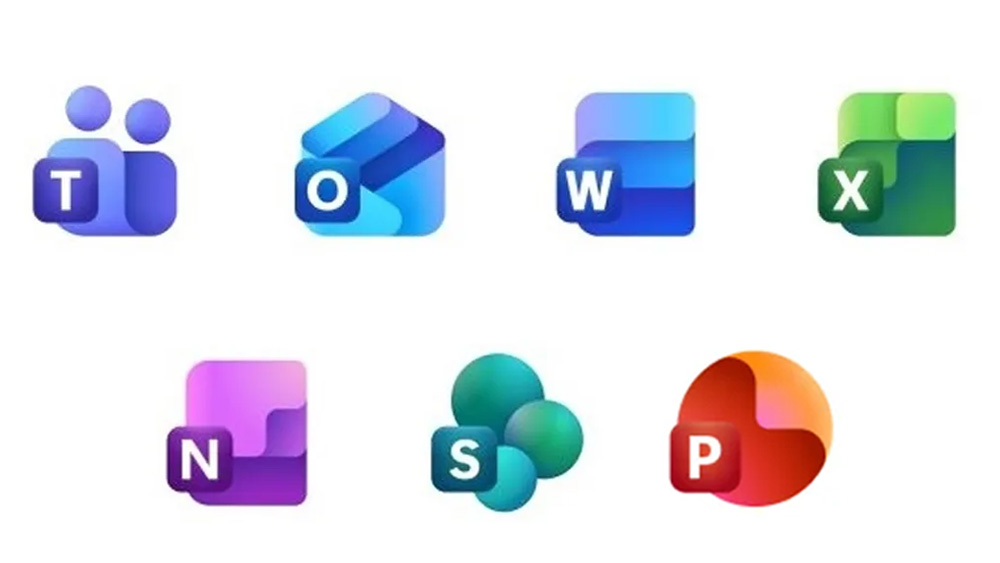Google's Pixel 9a: A Budget-Friendly Powerhouse in the Smartphone Market
In the ever-evolving world of smartphones, Googles Pixel A-series consistently reminds us that premium features dont always require a hefty price tag. The recently released Pixel 9a may have seen a delay in its launch, but it stands out as one of the most compelling options available in the market today. Priced at just $500, it presents a genuine Pixel experience, complete with eye-catching color options, the same advanced Tensor processor as its Pixel 9 counterparts, wireless charging capabilities, and a myriad of impressive AI functionalities.
One notable omission from the Pixel 9a is its lack of camera zoom capability, a feature often considered essential for photography enthusiasts. However, the absence of zoom on devices in its price range serves as a reminder that it is not a make-or-break feature for many users seeking a reliable smartphone for everyday use.
When drawing comparisons, the Pixel 9a stands shoulder to shoulder with Apple's iPhone 16e, which attempts to deliver a comparable "essential" flagship experience aimed at its loyal customer base. The iPhone 16e appears to have taken cues from Google's A-series formula developed over the past six generations. Both devices now incorporate a wealth of AI features that serve as significant selling points.
The Pixel 9a is designed to make you rethink the necessity of flagship models. With its comprehensive range of essential features bundled at a friendlier price point, it offers incredible value, especially for those who prioritize function over premium specification. Available in four attractive colorwayswhite, black, Peony pink, and a sophisticated purple-blue named Iristhe aesthetic appeal of the Pixel 9a is hard to deny. My review model, with its color shifting under different lighting conditions, exemplifies the beauty of its design.
One of the standout design elements is the uniquely shaped camera module on the back, which Google describes as inspired by nature, specifically water. Although Id argue it resembles a bean more than anything else, it houses a formidable 48-MP primary camera equipped with Optical Image Stabilization (OIS). This main camera features Super Res Zoom, allowing for a digital zoom of up to 8x. While impressive, the best image quality is typically found between 1x and 2x, which is the optical limit. Additionally, the 13-MP ultra-wide camera facilitates expansive 120-degree shots, enhancing the photography capabilities of this budget-friendly model.
In direct comparison, the iPhone 16e is limited to a single primary camera without any wide-angle features. Although neither device rivals their Pro counterparts in terms of raw resolution, they maintain consistent color temperature and style unique to their brands. The differentiation is evident in sample images: while the iPhone 16e produces contrast-heavy photos, the Pixel 9a excels at capturing details even in shadowy areas.
Google emphasizes the impressive algorithmic camera capabilities present in the Pixel 9a, shared with the entire Pixel 9 lineup. Features like Add Me allow users to insert themselves into a photo when alone, while Best Take selects the best snapshot from a series of images. The Pixel 9a also supports long exposure shots and astrophotography, offering advanced options while maintaining its budget-conscious stance. Enhanced editing tools like Magic Editor and Audio Magic Eraser are also part of the offering, although the latter may not completely eliminate background noise at a crowded concert.
Equipped with the same Tensor G4 CPU as its fellow Pixel 9 models, the Pixel 9a ensures users receive consistent Android updates and an impressive seven years of software and security support. This model also boasts compatibility with Googles new Gemini features, which provide functionalities like camera and screen sharing. Gemini aims to replace Google Assistant and has proven beneficial for tasks such as automatically adding events to Google Calendar from images.
The integration of AI features is a staple across Google's devices, and the Pixel 9a is no exception. Innovations like Circle to Search enhance the user experience, alongside a variety of call screening features that help manage automated phone menus. The Pixel 9a also features a vibrant 6.3-inch Actua display with an impressive 120Hz refresh rate. While competitors like Samsung typically dominate in terms of contrast and deep blacks, the Pixel 9a outshines them in brightness, boasting nearly 800 nits more than the similarly priced Galaxy A56.
Battery life is another strong point for the Pixel 9a, with a promise of up to 30 hours on a single charge. While I have yet to conduct a direct comparison with the iPhone 16e in terms of battery performance, both devices are designed to last throughout the day. The Pixel 9as 5,000 mAh battery drains predictably during regular use, such as gaming and social media browsing, while remaining efficient on standby.
Charging times for the Pixel 9a are reasonable, though users should note it does not support fast charging speeds typical of higher-end models. Its maximum wired charging capacity is 23W, and despite using a 30W Pixel charger, it took over an hour and a half to fully charge the device. Wireless charging is supported via Qi-compatible chargers but is limited to 7.5W.
Despite certain trade-offs, the Pixel 9a excels in providing essential safety features synonymous with Googles Pixel lineup, such as car crash detection, theft detection, safety checks, and live location sharing. However, it lacks satellite connectivity, a feature that is available on the pricier Pixel 9.
While I opted for the Pixel 9 Pro for its enhanced zoom capabilities, the Pixel 9a demonstrates that consumers need not spend excessively on a phone loaded with features they may rarely use. Google has streamlined the Pixel 9a, packaging only the vital components of its platform, including the exciting AI features that accompany the device. Apple's iPhone 16e offers a similar approach, emphasizing its own brand of intelligence. As consumers, we are now faced with an array of options where AI enhances the value of our devices, regardless of our brand loyalty. With affordable choices like the Pixel 9a, investing in an expensive flagship smartphone becomes less of a necessity.


























